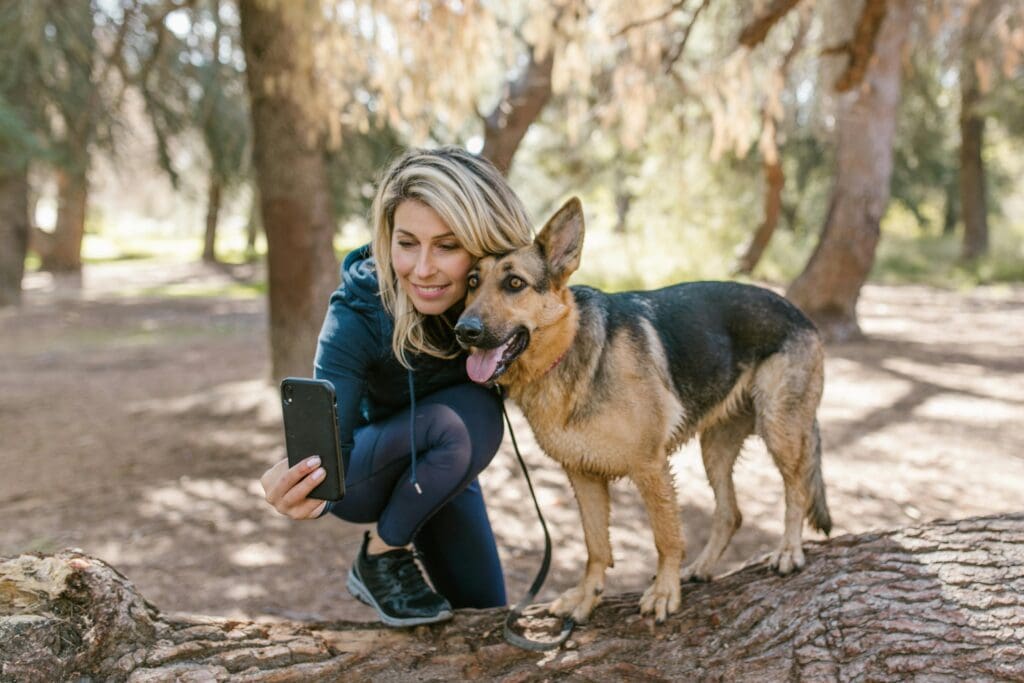
Pet-Friendly Floor Refinishing: Keeping Your Furry Family Safe During the Process
Refinishing your floors can transform your home beautifully, but if you have pets, a little extra planning goes a long way. The refinishing process involves chemicals and dust that aren’t ideal for your furry family members to be around. With the right approach, you can achieve stunning floors while keeping your pets comfortable and safe throughout the project.
Why It’s Best to Keep Pets Away During Refinishing
The hardwood floor refinishing process involves sanding, staining, and sealing, which produces fumes and dust that are not recommended for pet exposure. These materials release VOCs (volatile organic compounds) that pets are more sensitive to than humans.
Since dogs and cats spend time closer to floor level, they’re more likely to encounter these compounds. Pets are also smaller than humans, making them more sensitive to airborne particles and chemical odors. Additionally, uncured polyurethane contains reactive chemicals like isocyanates that are not suitable for pet contact.
Your pets could experience discomfort from inhaling fumes, walking on wet surfaces, or grooming their paws after contact with treated areas. That’s why having a good plan before work begins is so important.
Getting Ready: What to Do Before Work Starts
Before the refinishing team arrives, you’ll want to prepare your space with your pets in mind. Remove all pet belongings from the work area – food bowls, toys, beds, and any porous items that could absorb chemical odors. Create a clear barrier to prevent pets from wandering into the work zone.
The most practical solution is arranging temporary accommodation for your pets during the most intensive parts of the project. Consider staying with family, friends, or booking a pet-friendly hotel. If off-site arrangements aren’t possible, designate a room as far from the work area as possible where your pets can stay comfortably. Ensure this space has adequate ventilation and all your pets’ essentials.
Choosing Pet-Appropriate Products for Your Floors
Not all floor finishes are created equal when it comes to pet compatibility. Water-based polyurethane is often recommended for pet owners due to its lower odor profile and faster drying time, which reduces the duration pets need to stay away from treated areas.
Water-based finishes also provide excellent clarity without yellowing and cure much more quickly than oil-based alternatives. While oil-based finishes offer durability benefits, they have stronger odors and longer cure times, extending the period your pets need alternative accommodations.
Consider requesting VOC-free, water-based coatings, as these options are not only more suitable for homes with pets but also environmentally conscious choices. Discuss these options with your refinishing professional – while premium products may cost slightly more, the peace of mind is worthwhile.

Timeline: When Your Pets Can Return Home
This is often the most important question for pet owners: when is it appropriate to bring animals back into the space? The timeline depends on the products used, but patience is key for the best outcome.
Wait until floors are completely dry and free of chemical odors. The curing time varies depending on the specific products used, so it’s important to follow your refinishing professional’s guidance. As a general guideline, wait at least 24 hours before allowing pets back, and if floors appear wet or have noticeable odors, extend this period by 5-6 hours.
Some pet owners prefer waiting up to 5 days to ensure complete curing. Even after a week, if chemical odors are still detectable, it’s best to wait longer. Trust your senses – if you can smell chemicals, it’s not yet time for your pets to return.
During the Refinishing Process
While work is in progress, maintain good air circulation throughout your home. Open windows and use fans to direct airborne particles away from your pets’ temporary space. Consider using air purifiers in the rooms where your pets are staying.
Keep pets completely away from the work area, even when surfaces appear dry. Chemical compounds may still be present even when not visible. Sanding dust can also cause respiratory irritation for sensitive pets.
Check on your pets regularly to ensure they’re comfortable in their temporary space. If you notice any unusual behavior, lethargy, or signs of discomfort, a call to the veterinarian might be a good idea.
Reintroducing Your Pets to Refinished Areas
Once work is complete and chemical odors have dissipated, you can begin gradually reintroducing your pets to the refinished spaces. Start with brief, supervised visits to monitor their comfort level.
Watch for any signs of sensitivity, such as excessive drooling, respiratory changes, or unusual lethargy. If you observe any concerning behaviors, remove your pets from the area and consult your veterinarian.
For households with large dogs, consider requesting at least 3 coats of water-based finish to provide additional surface protection. This extra durability helps extend the life of your floors, reducing the frequency of future refinishing projects.
Maintaining Your New Floors with Pets
Once your pets are settled back home, proper maintenance will help preserve your investment. Clean up any pet accidents promptly to prevent staining or odors. Use cleaning products that are appropriate for both your flooring and safe for use around animals.
Place area rugs in high-traffic pet areas, and maintain regular nail trimming to minimize surface scratching. These simple practices will help your beautiful new floors maintain their appearance longer.
Recognizing When to Seek Help
Even with careful planning, it’s good to know what to watch for. Be aware of signs that might indicate your pet has had unwanted exposure: vomiting, respiratory changes, excessive drooling, or unusual behavior patterns.
Keep your veterinarian’s contact information readily available, and retain product information sheets from the refinishing materials used. If you suspect your pet has been affected by refinishing chemicals, contact your veterinarian for guidance.
The Bottom Line
Floor refinishing with pets requires thoughtful planning, but it’s entirely manageable. The key is prioritizing your pets’ comfort, selecting appropriate products, and being patient with timing.
While the pet-friendly approach may require additional time and investment in premium products, your furry family members’ wellbeing makes it worthwhile. With proper planning, you can enjoy beautiful, refinished floors while keeping your pets comfortable and happy throughout the process.
